NVIDIA GeForce GTX 480 GF100 DX11 Video Card Review
A Closer Look At The GeForce GTX 480
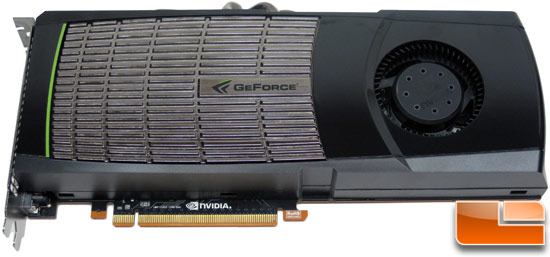
The GeForce GTX 480 graphics card that we have on the test bench today is a dual-slot single GPU video card that measures in at 10.5″ in length. The front is pretty plain, but keep in mind that this is just a reference card.
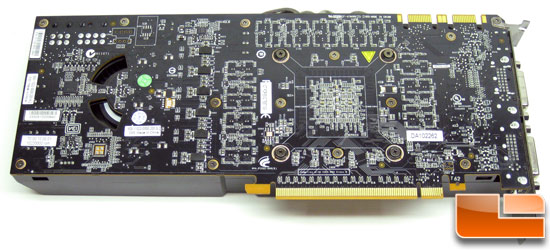
Flipping the GeForce GTX 480 over we don’t find too many interesting things, but we can make out small holes. These allow for a small amount of extra airflow into the video cards cooling fan, which helps improve cooling performance. We have seen this for a couple years now on several NVIDIA graphics cards and it appears to work
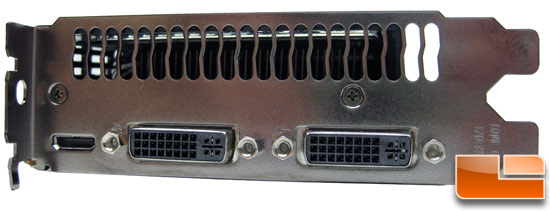
The NVIDIA GeForce GTX 480 GDDR5 graphics card has a pair of dual-link DVI-I outputs along with a mini-HDMI output header. This is the first time we have come across this connector and we didn’t have an adapter to try it out. We asked NVIDIA if their board partners would be including an adapter and they said that they expect AICs to include either a cable or dongle. Both the Dual-link DVI and HDMI outputs can be used to send high-definition video to an HDTV via single cable (audio too, if running HDMI). A regular sized HDMI header was not used since it couldn’t fit next to the pair of DVI outputs.
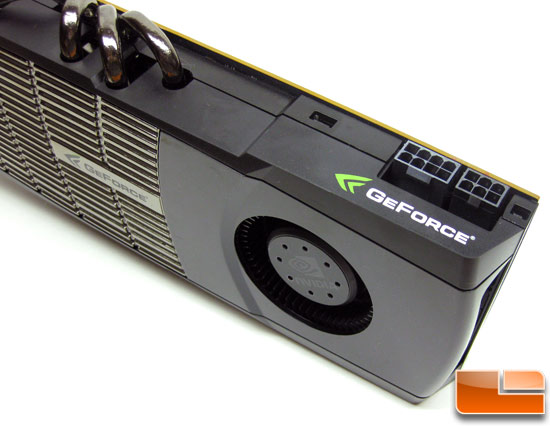
The NVIDIA GeForce GTX 480 video card requires a 600 Watt or greater power supply to power the GeForce GTX 480 as it has a max board power (TDP) of 250 Watts. NVIDIA also suggests that your power supply have a minimum of 42 Amps on the +12V rail. It also requires that the power supply has one 6-pin PCI Express power connector and an 8-pin PCI Express power connector for proper connection. It should be noted that the NVIDIA minimum system power requirement based is based on a PC configured with an Intel Core i7 3.2GHz CPU. The GeForce GTX 470 needs a minimum 550W or greater system power supply (with a minimum 12V current rating of 38A) in case you are wondering what the little brother for this card requires.
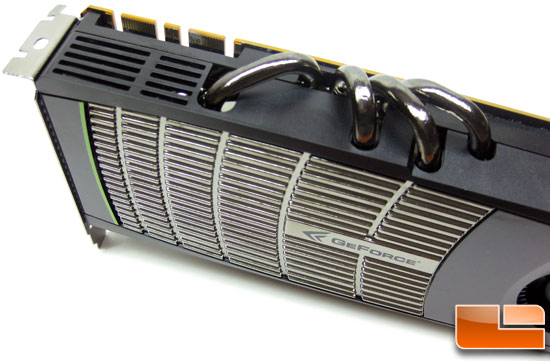
The GeForce GTX 480 and 470 graphics cards do support SLI and have a pair of SLI bridges located along the top edge of the graphics card. The NVIDIA GTX 400 series support two, three, and quad SLI configurations. Since the GeForce GTX 400 series run rather hot it was noted to us that SLI requires optimal cooling and airflow. Poor ventilation will result in high fan speeds.
For SLI use NVIDIA strongly recommends that you test in a well ventilated case (rather
than an open bench). If three PCI-E slots are available, the cards should be installed in
the inner most and outer most slots. This ensures optimal cooling for the GPUs. NVIDIA said that 4-way SLI (Quad SLI) support for GTX480 will be supported in specific motherboards (same as GTX 285).
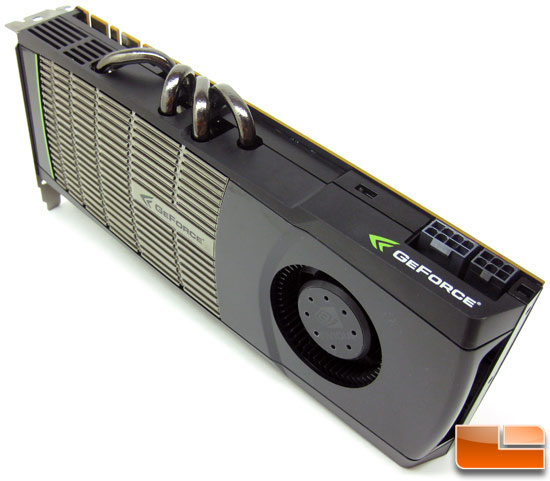
The next thing that needs some explaining on the GeForce GTX 480 graphic card is the cooling solution. This card runs hot. It runs so hot that NVIDIA even sent out a ‘guide’ on the power than these cards use. That guide starts out stating this:
“Weve received some questions about the power consumption of GTX 480. We acknowledge that GTX 480 consumes more power than any other GPU we have produced. However, its important to view its power in the context of what GTX 480 delivers…” – From “A Perspective On Power” by NVIDIA
NVIDIA flat out says that the GF100 core runs hot and the five heat-pipe heatsink with the large ‘radiator’ that hangs off the side of the video card is a testament to this! It does look great though as I love the black nickle plating!

Comments are closed.